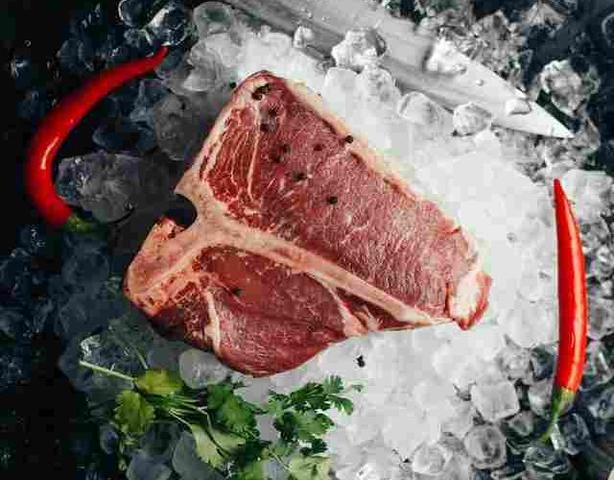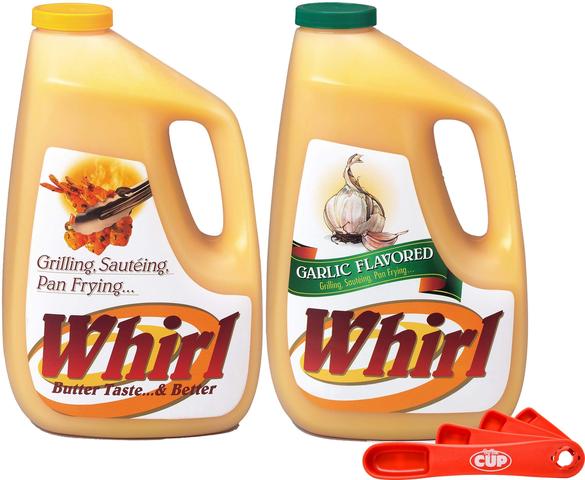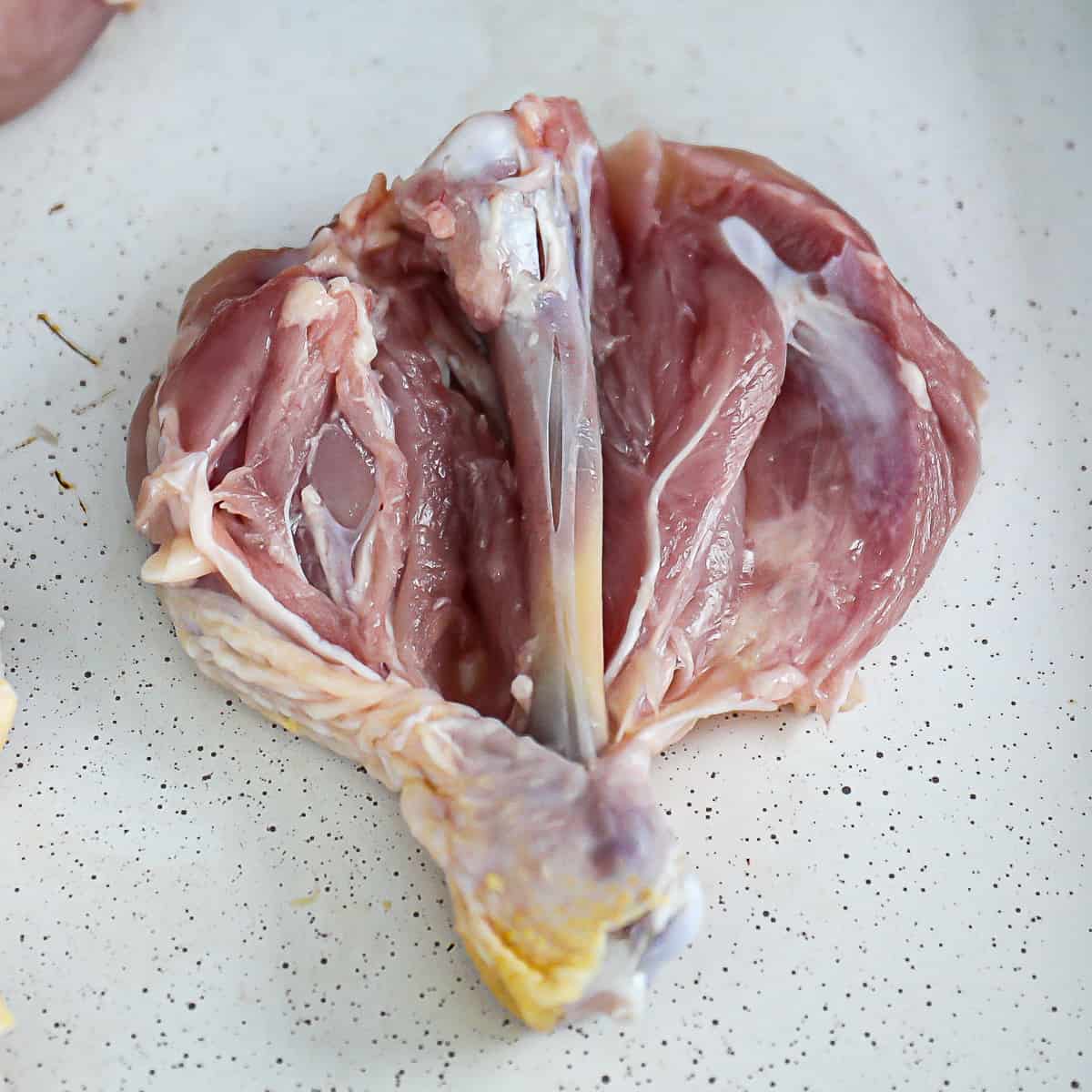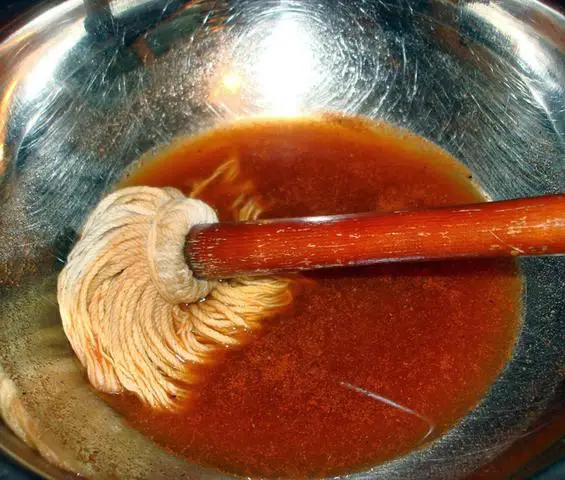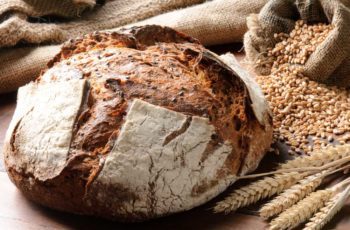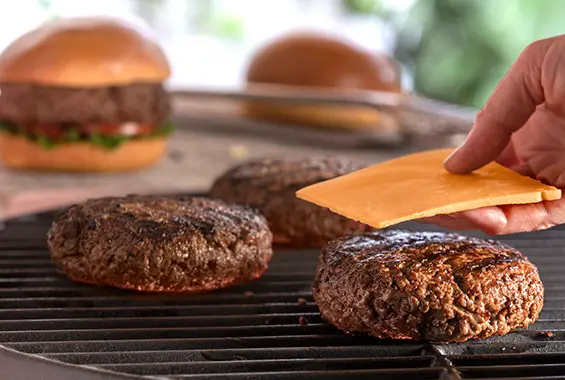
The internal temperature of a hamburger is crucial for both taste and safety. Discover the ideal temperature to cook your burgers to perfection, ensuring a juicy and flavorful experience while keeping any health risks at bay.
Food Safety First
When it comes to grilling burgers, it’s important to prioritize food safety. Bacteria can be present on raw meat, so it’s crucial to take precautions when handling it. Always wash your hands, thermometer, and work surfaces before and after handling raw meat. This helps prevent the spread of harmful bacteria.
Ground beef carries a higher risk of bacterial contamination compared to other meats due to the grinding process. Pathogens and bacteria that may have been on the surface of the meat are now spread throughout the tiny pieces. To ensure safety, ground beef should be cooked thoroughly to a target temperature.
A common mistake when grilling burgers is relying on visual cues to determine if they are done. The color of the burger may not accurately indicate its internal temperature. To ensure that your burger is safe to eat, use an instant-read or digital thermometer. Insert it into the center of the patty to get an accurate reading.
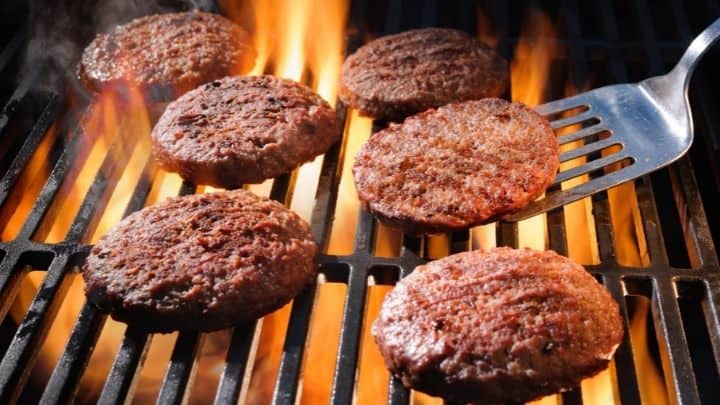
If you have a meat grinder, consider grinding your own meat for burgers. This gives you more control over the fat content and reduces the risk of bacterial contamination. You can also store whole cuts of meat longer in the refrigerator compared to ground meat.
Follow food safety guidelines by cooking store-bought ground beef until it reaches an internal temperature of 160°F. However, keep in mind that carryover cooking will continue even after removing the meat from the grill. You can remove your burgers about 10°F lower than your desired end temperature.
To achieve a perfectly cooked burger, use the two-stage method. Start by placing the burgers on the lower-heat side of the grill and then move them to the high-heat side once they are 20°F below your target temperature. This method helps ensure even cooking and prevents overcooking.
When handling raw meat, it’s important to keep it within the temperature safety zone until ready to cook. Use separate utensils, cutting boards, and serving dishes for raw and cooked meats to avoid cross-contamination. Clean prep areas and spills with hot, soapy water. Marinate meat in the refrigerator and thaw frozen meat in the fridge. Never leave meat at room temperature for more than 2 hours.
Health Risks with Ground Beef
Ground beef poses health risks due to the potential presence of harmful bacteria and pathogens. Bacteria can be present on raw meat due to various factors, such as contamination from the cow, processing equipment, or the environment. Cows raised in feedlots, for example, are often in close proximity to each other and may come into contact with their own manure, making it difficult to control the spread of bacteria.
The grinding process used for ground beef also increases the risk of bacterial contamination. Any bacteria present on the surface of the meat can become spread throughout the ground meat during grinding. While spoilage bacteria may not cause severe harm, they can still affect the quality and taste of the food. To ensure safety, it is important to cook ground beef to a target temperature that kills harmful bacteria.
Tips to Reduce Risks of Food Poisoning
1. Always wash your hands, thermometer, and work surfaces before and after handling raw meat to prevent the spread of bacteria.
2. Handle ground beef with extra caution, as the grinding process spreads pathogens and bacteria throughout the meat. Cook ground beef thoroughly to kill harmful bacteria.
3. Use a food thermometer to check the internal temperature of burgers. Visual cues like color are not reliable indicators of doneness. Ground meats should be cooked to an internal temperature of 160°F.
4. Store ground meat properly in the refrigerator for no more than two days. After this timeframe, either cook or freeze it to maintain its freshness and safety.
5. When grilling burgers, use a two-stage method by starting on a lower-heat side and then moving them to a high-heat side once they are 20°F below the target temperature.
6. Avoid cross-contamination by using separate utensils, cutting boards, and serving dishes for raw and cooked meats.
7. Marinate meat in the refrigerator and thaw frozen meat in the refrigerator to prevent bacterial growth at room temperature.
8. Keep meats cold until ready to prepare and cook, and never leave meat at room temperature for more than 2 hours to avoid entering the temperature danger zone where bacteria can multiply rapidly.

Using a Food Thermometer
One of the key tips for grilling a safe and delicious burger is to use a food thermometer. This is because visual cues, such as the color of the meat, are not always accurate indicators of doneness. By using an instant-read or digital thermometer, you can ensure that your burger reaches a safe internal temperature.
To properly use a food thermometer when grilling burgers, insert it through the side of the patty so that it reaches the center, where it takes the longest to cook. This will give you an accurate reading of the internal temperature. It’s important to note that grinding your own meat can reduce the risk of bacteria, but it’s still crucial to check the temperature to ensure safety.
Grinding Your Own Meat
If you don’t have a meat grinder, don’t worry. You can still grind beef using a food processor or by hand chopping the meat into small pieces. This gives you the opportunity to customize your meat blends and control the percentage of fat in your burgers. Pre-packaged meats may not specify the exact cut of meat, so grinding your own allows you to choose based on lean to fat ratio, cost, and flavor. For example, chuck steak is commonly used for burgers and typically has a 15% to 20% fat content. However, you can blend it with another meat for added juiciness if desired.
The fat content in your ground meat can affect cooking time. Leaner meats will require less cooking time, while higher fat percentages may need longer cooking times. It’s important to monitor the internal temperature of your burgers using a thermometer to ensure they are cooked safely. For medium-well burgers, which are cooked through but still slightly pink in the center, a meat blend with about 40% fat works well. On the other hand, if you prefer a medium-rare burger with a more pink center, you can use a lower percentage of fat. According to food safety guidelines, store-bought ground beef should be served when it reaches an internal temperature of 160°F.
To achieve the perfect temperature and desired doneness for your burgers, it’s recommended to use the two-stage method when grilling. Set up your grill with one side at lower heat and one side at high heat. Start by placing the burgers on the lower-heat side until they reach a temperature that is 20°F below your target temperature. Then move them to the high-heat side to finish cooking. By following this method, you can avoid overcooking and ensure your burgers are juicy and flavorful.
Customize Your Meat Blends
Grinding your own meat gives you the opportunity to customize your meat blends. You can choose different cuts of beef based on factors such as lean to fat ratio, cost, and flavor. Chuck steak is commonly used for burgers and typically has a 15% to 20% fat content. However, you can blend it with other meats to add juiciness. When making the Angry BBQ Smash Burger, a lean to fat ratio of 80/20 is used. The percentage of fat in your meat blend can also affect cooking time, with leaner meats requiring less cooking time.
By grinding your own meat, you have more control over the quality and composition of your burger patties. Pre-packaged ground beef may contain blended meats from multiple cows, making it harder to control bacterial contamination. Additionally, grinding your own meat allows you to store it longer in the refrigerator compared to ground meat. Fresh meats last 3 to 5 days in the refrigerator, while ground meat only lasts around two days before needing to be cooked or frozen.
Temperature and Burger Doneness
When it comes to cooking burgers, temperature plays a crucial role in achieving the desired doneness. Using a meat thermometer is essential for ensuring that your burger is cooked to a safe internal temperature. Ground beef should reach an internal temperature of 160°F according to food safety guidelines.
The percentage of fat in your meat blend can also affect the cooking time and doneness of your burger. Leaner meats with less fat will cook faster, while a higher fat content can result in juicier burgers. For medium-well burgers, a meat blend with about 40% fat is recommended, while a medium-rare burger can have a lower fat percentage.
Hamburger Doneness Table
The key to cooking the perfect hamburger is knowing the internal temperature at which it reaches your desired level of doneness. Here is a helpful table to guide you in achieving the perfect burger:
– Medium Rare: 130°F – 135°F (54°C – 57°C)
A medium-rare burger will have a warm red center and be slightly pink throughout. It is cooked on the outside but still juicy and tender on the inside.
– Medium: 140°F – 145°F (60°C – 63°C)
A medium burger will have a pink center with some juices running clear. It is firm on the outside but still retains some juiciness.
– Medium Well: 150°F – 155°F (66°C – 68°C)
A medium-well burger will have a slightly pink center but mostly cooked through. It will be less juicy than a medium burger but still retain some moisture.
– Well Done: 160°F (71°C) and above
A well-done burger will have no pink in the center and be fully cooked through. It may be drier than other levels of doneness, but can still be flavorful if cooked properly.
Remember to use an instant-read thermometer to check the internal temperature of your burgers, as visual cues alone can be misleading. Enjoy grilling your burgers to perfection!
Use the Two-Stage Method with Temperatures
Grilling a perfect burger requires using the two-stage method with temperatures. Start by setting up your grill with a lower-heat side and a high-heat side. Begin by placing the burgers on the lower-heat side of the grill. As the patties cook, monitor their internal temperature using a meat thermometer. Once the patty is about 20°F below your desired target temperature, move them to the high-heat side of the grill. This method allows you to achieve the perfect doneness while ensuring that your burgers are not overcooked or dry.
One common mistake when grilling burgers is relying on visual cues to determine if they are done. However, this is not an accurate method as factors such as meat processing and animal’s diet can affect the color of the meat. To ensure that your burgers are cooked to a safe temperature, use an instant-read thermometer or digital thermometer. Insert the thermometer through the side of the patty to reach its center, where it takes longer to cook. This will give you an accurate reading of the internal temperature and help you determine if your burger is ready to be served.
When grilling ground beef, it’s important to follow food safety guidelines to prevent any risk of foodborne illnesses. Serve store-bought ground beef when it has reached an internal temperature of 160°F. Ground meats can contain bacteria from different cows due to blending, making it harder to control bacterial contamination. Additionally, remember that carryover cooking will continue even after removing the meat from the grill, so it’s recommended to remove well-done or store-bought patties at around 10° lower than your desired end temperature.
Note: The subheadings and paragraphs have been revised for clarity and coherence.
Final Thoughts
Ensuring that your grilled burgers are cooked to a safe temperature is essential for both flavor and food safety. By following the tips provided, such as using a meat thermometer and utilizing the two-stage cooking method, you can achieve perfectly cooked burgers every time. Remember to also practice proper hygiene, such as washing your hands and surfaces, to reduce the risk of bacterial contamination. With these guidelines in mind, you can become a grill master and enjoy delicious, juicy burgers without any worries.
In conclusion, ensuring that hamburgers reach the appropriate internal temperature is crucial for food safety. Cooking ground beef to a minimum of 160°F (71°C) kills harmful bacteria, reducing the risk of foodborne illnesses. Using a meat thermometer is recommended to accurately measure the internal temperature and enjoy safe and delicious hamburgers every time.
Learn More About Grilling
If you want to learn more about grilling, check out these other helpful resources!

